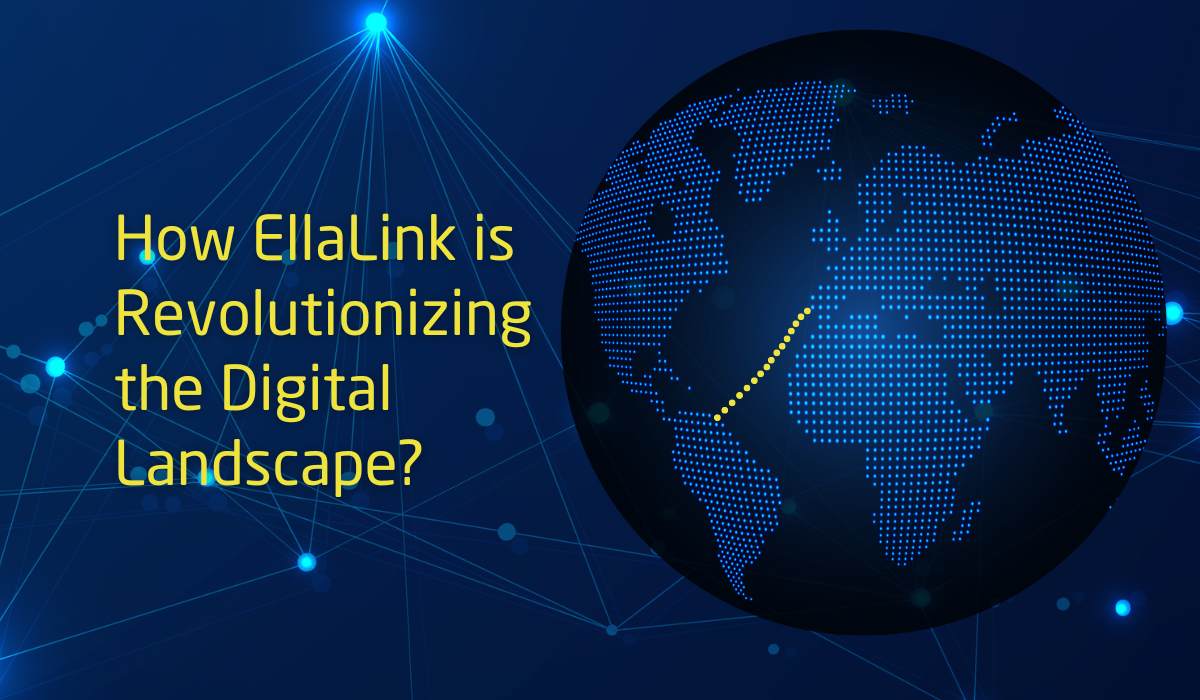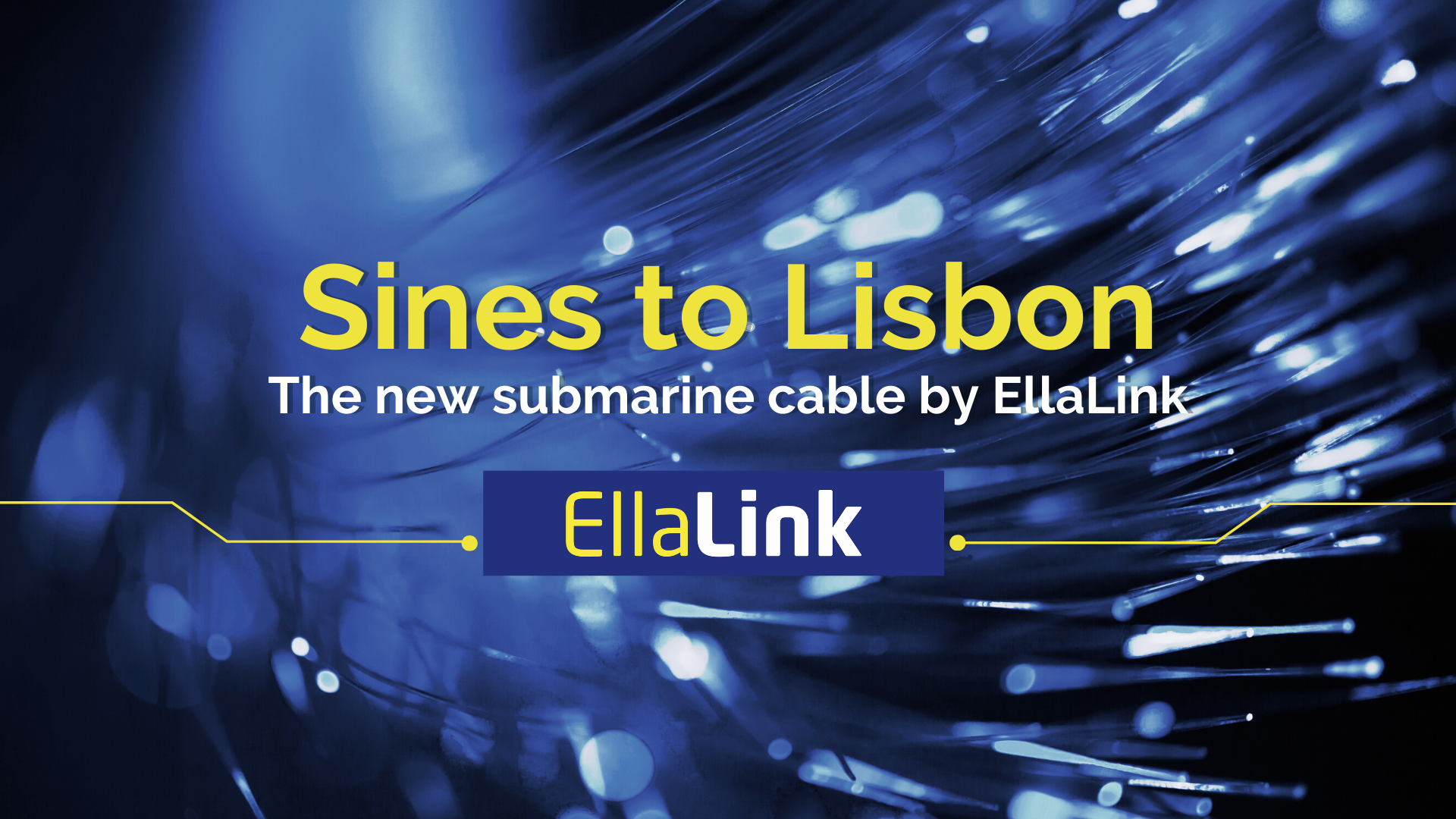5 QUESTIONS WITH PHILIPPE DUMONT: Talking Technology Trends with EllaLink Group’s CEO
Philippe Dumont is the CEO of EllaLink and has over 20 years of international experience as a CEO in the Telecoms industry on both the supplier and customer side, as well as working closely with infrastructure funds. He was previously the President & CEO of ASN (Alcatel Submarine Networks) after holding several executive positions inside Alcatel-Lucent. Philippe has an engineering degree from the Arts & Metiers (ENSAM) and an MBA from Hautes Etudes Commerciales (HEC) in Paris.
1. You were first involved with the EllaLink project on the supply side. How did your perspective change when you moved onto the operator side?
After spending many years as a supplier, I would say that one of the major differences is related to the project focus. On the supply side, a large amount of effort is spent, often over an extended period, to assist the customer in development of a system design that meets their specific requirements. Once the supply contract is signed it’s over to the supplier to manufacture and implement the system as per the design. On the customer side, the main focus is on the longterm strategy of the business as a whole which requires a keen understanding of the current market and how it will grow over the life of the system. It is not simply a case of conceiving and deploying a system but also making sure that it will meet the end-users’ demands over time, and that its evolution, both in terms of extension and upgrade, are taken into account from day one.
2. Construction of the EllaLink submarine cable system is advancing – what were the key challenges upfront and what are the main activities completed to date?
It is no secret that project financing is the basic requirement for getting submarine cable projects off the ground and that funding has become more complex over recent years. There is a subtle equilibrium to be achieved between pre-sales, which are key for obtaining financing and demonstrating to potential investors that your project is worthy of their funds. EllaLink has proven to be a valid and future-proof investment for its anchor tenants by both reinforcing and diversifying their existing telecom infrastructures. So far, we have secured and surveyed landings in Portugal, Madeira, Cabo Verde and Brazil. Manufacturing activities have commenced, the marine survey is underway, and the project is on schedule for ready for service by the end of 2020.
3. What makes Ella- Link unique as a system?
Four main factors make the EllaLink system unique. We offer customers a safe route between Europe and Latin America, the system is buried and armored to protect it from external damage, with the majority of the cable in the safer deep water. Secondly, EllaLink provides fast direct access between PoPs in Europe and Latin America via a shorter, new and unique path. The system has been specifically designed to offer reduced latency between major hubs in Sao Paulo, Lisbon/Sines, Madrid and Marseille. Improvements in Round Trip Delay of up to 50% are possible between Madrid and São Paulo. Our route offers geographic diversity from existing transatlantic systems and provides customers with an alternative path between the two continents, both on the submarine section and on land. Moreover, the diverse terrestrial routes to São Paulo, Madrid and Marseille offer protection and ensure high end-to-end system availability. Last but not least, EllaLink is a privately funded and independent company committed to providing products and services on a carrier neutral, open access and independent basis. Our neutrality ensures that our interests are entirely aligned with that of our customers.
4. The system will land in Sines, can you elaborate on what made EllaLink select this site?
Portugal has become, over the years, a major hub for subsea cable systems and its government is seeking to actively reinforce the country’s broadband development. Building on this, one of the main considerations taken during the system development phase was to avoid congested areas. Geographically Sines meets that requirement, offering diversity from existing systems, and thus providing the opportunity to diversify routes and increase redundancy. In Sines we are constructing a new cable landing station which will be in an area perfect for data center expansion. Additionally, the area is a key node for the Portuguese high voltage grid, thus providing diverse and readily available power lines, which will be complemented by solar plants under development to provide green power. In addition to Sines, the other landings are Fortaleza, Madeira, where our anchor customer EMACOM will supply the CLS and fronthaul and similarly in Cabo Verde with Cabo Verde Telecom.
5. What are the next steps in terms of construction, operations and connectivity?
The next steps for the project build are completion of the Brazilian marine survey, which is due to start in August this year, construction works for new CLS in Sines, manufacturing and then installation operations. Backhaul connections will be lit to complete the end to end EllaLink network from Madrid, Marseille and Lisbon to Fortaleza and São Paulo. We are braced and ready for the next phase of the project when the system goes live at the end of next year.
Click here to read the full magazine.
You May Also Like
Low-latency, Resilience and Diversity for media and gaming companies
BSO and EllaLink have strengthened their partnership to address the most demanding verticals in term
EllaLink brings the revolution to the digital landscape?
Is EllaLink bringing the revolution to the digital landscape? The answer is easy to find: EllaLink o
Sines to Lisbon: The new submarine cable by EllaLink
EllaLink new submarine cable connects Europe to South America from Portugal to Brazil. This connecti


